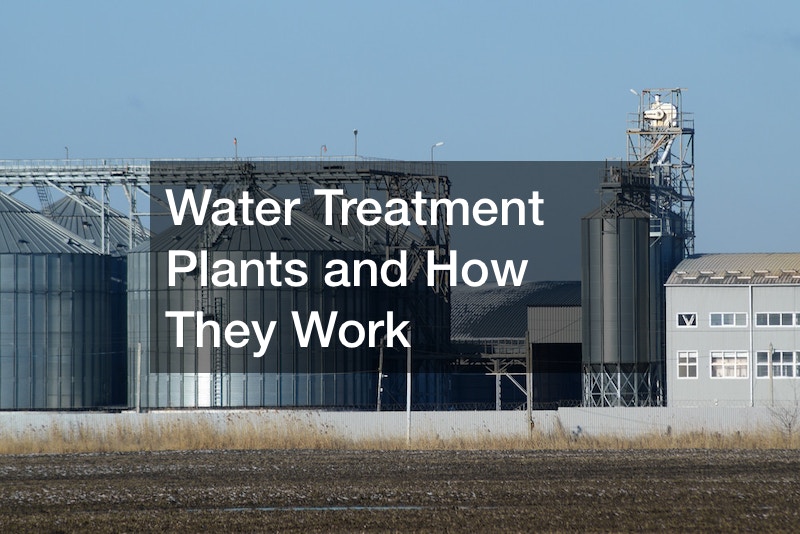The video, “Water Treatment Plants and How They Work,” serves as an informative guide to the intricate process by which water treatment plants ensure that safe and potable water is accessible to everyone. Access to clean freshwater is a cornerstone of modern society, and the video takes viewers on a journey to understand how this vital resource reaches their taps.
There are universal stages involved in water treatment systems, as well as specific methods that may vary depending on the location. The key stages include coagulation and flocculation, sedimentation, filtration, disinfection, and storage.
Each of these phases plays a crucial role in the transformation of raw water from local sources into clean, safe water suitable for drinking and everyday use.
The first step, coagulation and flocculation, initiates the process by causing impurities and particles in the water to clump together, facilitating their removal. This is followed by sedimentation, where these larger particles settle at the bottom of the water, further purifying it.
Filtration comes next, acting as a barrier that traps remaining particles and impurities. Disinfection is another pivotal stage, where any remaining harmful microorganisms are eliminated, ensuring the water is safe for consumption.
We hope this demystifies the essential work of water treatment plants and their role in providing access to safe and clean drinking water for communities worldwide.



